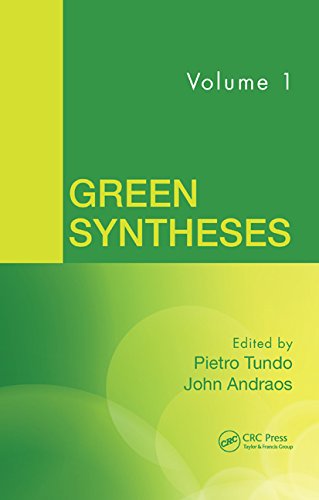

Most ebook files are in PDF format, so you can easily read them using various software such as Foxit Reader or directly on the Google Chrome browser.
Some ebook files are released by publishers in other formats such as .awz, .mobi, .epub, .fb2, etc. You may need to install specific software to read these formats on mobile/PC, such as Calibre.
Please read the tutorial at this link: https://ebookbell.com/faq
We offer FREE conversion to the popular formats you request; however, this may take some time. Therefore, right after payment, please email us, and we will try to provide the service as quickly as possible.
For some exceptional file formats or broken links (if any), please refrain from opening any disputes. Instead, email us first, and we will try to assist within a maximum of 6 hours.
EbookBell Team

4.4
52 reviewsMany new methods directed to organic and inorganic syntheses of useful intermediates are being developed to specifically address green and sustainable chemistry principles. Highlighting the importance of green metrics, the Green Syntheses series focuses on how to reliably substantiate and validate the level of "greenness" of chemical processes, providing practical synthetic methodologies and metrics for a rigorous proof of "greenness." In Green Syntheses, Volume 1, the first book of its kind, the editors determine appropriate material efficiency green metrics and use them to compare syntheses provided by the chapter authors with those previously published.
Presenting a new concept in green chemistry, this book demonstrates what future publications might look like if green principles are followed and also incorporate the important ethical aspect of supplying rigorous procedures in laboratory practice and evidence of greenness of a given synthesis protocol using metrics analysis. This inaugural volume initiates the much-needed transition from stating the 12 guiding principles on the philosophy of green chemistry to the actualization and verification of it.
The book addresses primarily the issue of material efficiency metrics, which measure the amount of waste produced relative to desired product. In each contributed example, full experimental details are given showing all quantities of materials used in the procedure. Authors discuss the green merits of their protocols in conjunction with the results of a thorough metrics analysis, allowing for in-depth discussion of insights about synthesis strategy and performance characteristics of the new and prior cited plans.